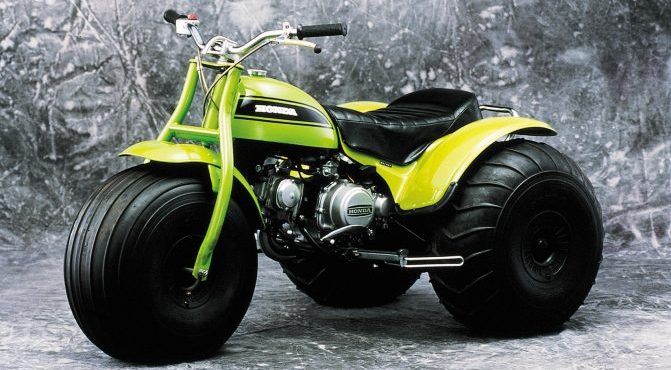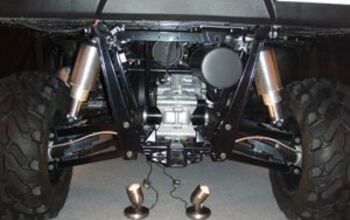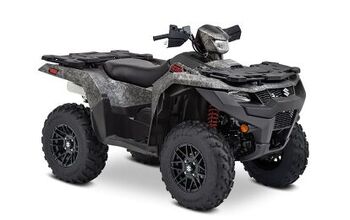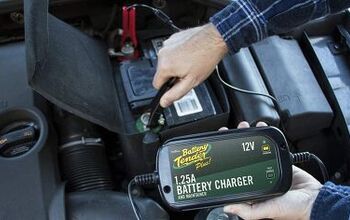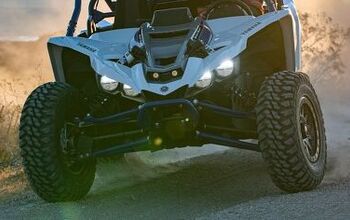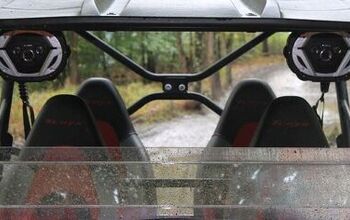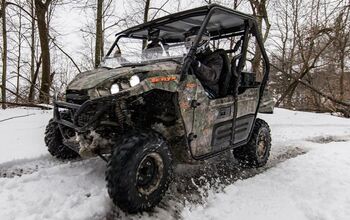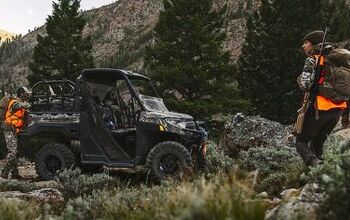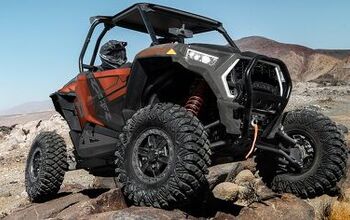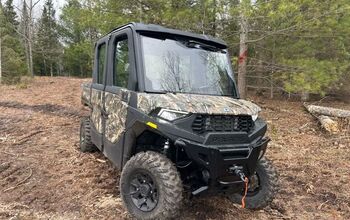What To Look For When Buying A Vintage Honda Three-Wheeler
If you’re an off-road gearhead of a certain age, you may have fond memories of the Honda ATC. More than one of us around here cut their teeth – and maybe some other body parts – on a three-wheeled bike with red paint. In fact, they were so popular back in the day that it was tough to make your way around any rural town without tripping over the things. It is safe to say just about everyone with dirt in their blood and a gas tank for a brain either had one or knew someone who did.
Then, suddenly, they were all gone. We can blame media outlets of the day for that disappearing trick, after images of viciously cartwheeling Honda three-wheelers were regularly shown on the evening news. Keep in mind the ATC 200 ES of 1984 made all of 13 horsepower in stock form. The types who are all too eager to clutch at their pearls – likely the same ones who railed against video games – yelled into cameras how our nation’s children were being maimed and that something must be done.
Something was done, all right – Honda simply quit building the things. These days, we can only buy four-wheeled ATVs which do indeed have more stability than a trike. Many ATCs and Big Reds either rusted into oblivion or were ridden to within an inch of their mechanical lives. In the years after they ceased production, parts supply dried up and repairs became expensive, so many were either tossed in the scrapyard or forgotten behind the barn.
Most – but not all. As the years go by, people seem to keep finding an ATC or Big Red tucked away in outbuildings, plucking them from the ether and resuscitating them to their trail-conquering glory. Nostalgia is an expensive (and profitable) drug, leading to the rise of companies which specialise in either finding or crafting replacement parts. Someone has gone through the trouble of putting an entire ATC90 spare parts catalog on microfiche and uploaded it to the web, complete with exploded diagrams and parts numbers. In other words, getting even a hard case back to running condition isn’t impossible.
As with all restoration projects, there are some pitfalls and common problems of which you should be aware. The fuel tank tends to rust out, often manifesting itself in a series of pinholes which will cause the container to leak like a pasta strainer. We understand if you want to maintain originality but know there are plenty of suppliers now hawking plastic tanks which will avoid this problem in the future.
Inspect the tires, especially if the ATC you’re considering has been sitting for a spell. Just because they have tread on them and aren’t bulged like balloons doesn’t mean they’re safe – dry rot is a real danger. While you’re in the area, press the front suspension down on its forks. Does it rebound OK, or are there odd noises while cycling through its travel? After all, this part of the trike absorbs most of the abuse hurled at it by the driver.
Look for typical maintenance or lack thereof. Bearing grease should be abundant, for example, and a clear sign someone has recently replaced a few parts. If you spy RTV silicone on the cylinder head, that’s a sign the trike’s owner has completed a bit of engine work or at least replaced the gasket. Give the whole engine a once over, knowing that replacement parts are actually a lot more abundant than they were even just ten years ago. And this author will say he doesn’t like it when a previous owner of an ATC has welded the shifter onto its pivot – if it breaks, it’ll be a pain to replace. Similarly, frame components which have been twisted into pretzel shapes will need to be repaired.
Since so many ATCs were ridden hard and put away wet, originality is prized by buyers. Happening upon one with most of its OE bodywork and stock handlebars is like winning the lotto, especially since just about every example turned turtle at some point in its life. And if you can find one with Honda-branded tools included in the sale, feel free to unholster your wallet and slap down a deposit.
If you’ve read this far, there stands a decent chance you have more than a passing interest in these venerable Honda trikes and may be interested in a quick history lesson (or reminder, as the case may be). Originally called the US 90, these things were officially introduced to America in 1970, sending all of its 7 horsepower through a dual-range four-speed gearbox with automatic clutch. It sold for $595 and was renamed the ATC 90 later that year after Honda got their paperwork in gear and trademarked the ATC name, allegedly as an acronym for All-Terrain Cycle.
The ATC 185 of 1980 brought the likes of larger 25-inch tires and a five-speed transmission lashed to a 180cc four-stroke single-cylinder engine. As the calendar year flipped into 1982, Honda brought out the ATC 200E electric-start Big Red with cargo racks, telescopic-fork front suspension, and a semi-automatic transmission. Reverse gear didn’t show up for another couple of years.
But it was arguably the ATC 200X of 1983 which simultaneously made the line extremely popular and, inadvertently, signed its own death warrant. ATC sales were booming when Honda introduced this high-performance single-cylinder four-stroke, packing a full suspension and lightweight aluminum wheels. How lightweight? Try just 282 pounds, a figure which contributed to its top speed of roughly 60 mph. A potent two-stroke ATC 250R was also available starting in 1981, intended for race teams and considered to be the fastest thing in its class by a considerable margin. By the mid-‘80s, with a ban on three-wheelers looming, Honda concentrated its efforts on four-wheeled ATVs and hasn’t looked back since.
How about it? Did you have an ATC or one of its variants? Are you in the throes of rebuilding one? Let us know in the comments where these ground-breaking rigs land in your memory banks.
More by Matthew Guy



